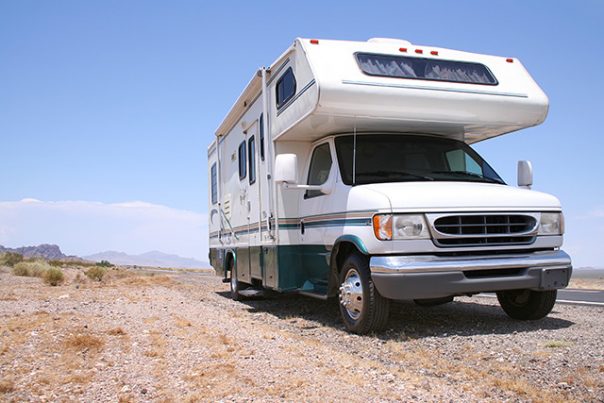Tips to make your RV a comfortable place no matter the weather
Tuesday, September 10, 2019 by Edsel Cook
http://www.bugout.news/2019-09-10-tips-to-make-your-rv-comfortable-no-matter-the-weather.html

Recreational vehicle (RV) owners may find themselves spending long periods traveling and living aboard their transports. If they find the interior too warm or too cold, they may take steps to improve its insulation and ventilation. (h/t to SurvivalSullivan.com)
Keeping the RV warm is far more challenging than cooling it off. Start with the bottom of the vehicle, which houses pipes and valves that need to stay warm.
Keep cold air out of the bottom by adding insulating skirts or bales to the side. Also, attach insulation to the baggage doors. Save a portable heater for cold periods.
Take advantage of sunlight during the day. Turn the side of the RV with the largest window to face the direction of the sun. When it starts getting dark, close the blinds and cover the windows to trap the heat inside.
Add solar panels on the roof or set up a portable photovoltaic panel during each stop. Store the electricity in a battery bank for powering the heater when it gets cold. (Related: Practical tips for living off the grid.)
More ways to keep an RV warm during the winter
Many winter RVs have built-in heaters, but they run on electricity and propane. Instead, install alternative heating systems like catalytic, oil, and parabolic heaters. You may also buy several portable heaters and distribute them throughout the vehicle.
For safety, always use a carbon monoxide detector alongside any heater. And don’t forget to place a dehumidifier to minimize moisture, mold, and mildew.
Insulate every space possible. Add foam insulation boards to doors, bubble wrap on windows, and reflective insulated covering for the driver’s windshield. Put thick cardboard beneath the bed mattresses and throw rugs on the floors.
Keep cold air out of the RV. Cover the vents, add toppers to any slides, and seal windows with HVAC aluminum tape and plastic.
Sleepers may use hot water bottles, cotton or wool sleep caps, flannel sheets, several blankets, and a thick down comforter.
Wear layers of clothing to stay warm without relying on the heater. Dress in nylon and fleece outerwear. Go for cotton during the summer and wool in the winter.
Make sure none of the tanks are full in case the water freezes. Keep the pipe valve warm with a heat cable or insulation. Add antifreeze to the non-drinking water holding tanks. Prepare for freezing temperatures by leeching water from the lines and pipes.
How to cool off the RV during summer
Many of the insulation techniques for keeping the RV warm during winter will also help it stay cool during the summer. Try these supplementary approaches.
Park the RV so that the windows and the vents for the refrigerator and air conditioner stay in the shade. Also, spread a tarp over the roof to prevent it from getting hot.
Likewise, keep direct sunlight out by covering the windows and skylights. Get tinting if it is within the budget.
In addition to an efficiently functioning A/C, use evaporation coolers, portable A/C coolers, and bedroom A/C units. Consider installing underside and roof A/C as well.
Cook meals outside the RV. Keep the vehicle well-ventilated so that the air circulates freely.
Replace incandescent bulbs with LED lights. The latter saves on electricity and generates less heat.
Open the windows when there is a breeze and at night. Close them as soon as it grows light to prevent warm air from going in. In the absence of natural wind, use portable fans.
You may cool yourself off as well. Drink often, keep cold drinks in the RV and wear a hat to keep the heat away.
Have a nice trip in your DIY insulated and ventilated RV!
Sources include:
Tagged Under: Tags: bug out, DIY, homesteader, homesteading, how-to, off grid, preparedness, prepper, prepping, recreational vehicle, RV, RV prepping, self-reliance, summer, summer hacks, survival, transportation, winter hacks

